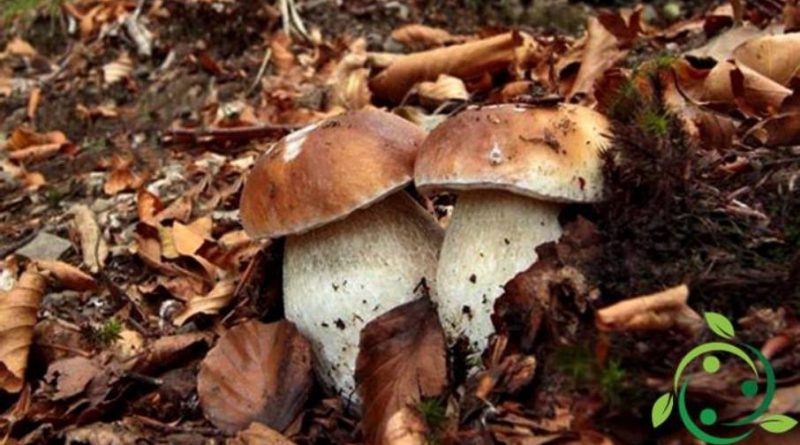When to collect mushrooms: month by month
When to collect mushrooms: month by month
The collection of mushrooms in the woods or in the meadows is one of the most interesting and in some cases profitable activities, provided that some ecological rules are respected and the periods in which they are found are known; in this little guide we’ll see when to collect mushrooms. Let’s start with the mushrooms of the first months of the year, that is, those we can find between January and March. These months, due to some favorable climatic conditions, are among the most favorable for the collection of some mushrooms. In the most coastal areas we can find: cantarelli (Cantharellus), leccini (from the family of the boleti), morette (Tricholoma terreum (Schaeff .: Fr.) Kummer), tricolomes (Tricholoma), steccherini (Hydnum) and lardaioli (Hygrophorus), while in pine forests we can easily find pinaroli (Suillus granulatus (L .: Fr.) Roussel).
Other fungi that we can find in this period are the pleuroti (Pleurotus) that grow mainly near the fruit trees, in poplars, near willows or thistles. On the trunks of deciduous trees, elders and poplars in the process of decay we find the ear of Judas (Auricularia auricula-judae) a mushroom for many prized for others less. Towards the end of February it is the moment of the marzuoli (Hygrophorus marzuolus) that we can find near firs, beeches and pines hidden on the ground between the leaves and above all after heavy rains. In warmer climates we can find in this period the blackthorns (Calocybe gambosa) and the verpe, among which (Verpa digitaliformis Pers., 1822); on the weak or sick trees of elm, poplar, willow and elderberry we find flammulina velutipes (Flammulina velutipes (or Collybia velutipes)), finally in March we can find the mitrofore (among which Mitrophora DC .: Fries).
Considering that some of these mushrooms are then still in April, in this month the new “arrivals” and especially the spongy yellow begin. But we must wait until May for the arrival of the principle mushrooms: the porcini (Boletus), especially near the chestnut trees in the hill areas, and the vagina amanita (called alba). In the meadows and pastures at higher altitudes and after heavy rains we can find dry legs (Marasmius oreades (Bolton) Fr.). Let’s not forget in this period also the giant Vescia (Calvatia maxima) and Calvatia utriformis (Lycoperdon utriforme Bull., 1791). In the summer we find the summer porcino (Boletus aestivalis) and the red porcino (Boletus pinophilus (Pilát & Dermek)); the first especially in clearings near the woods and the second in chestnut groves and close to blackberries. Still in the jungle we still find the cantarelli (Cantharellus), the tignous vinata (Amanita rubescens Pers., 1797) and still the vagina amanita. At higher altitudes and at the end of the month we can find the rolls (Clitocybe gibba (Pers .: Fr.) Kummer). Between July, August (much rarer) and September (mushroom month par excellence) we remember that it is possible to find but in more rainy areas still summer pinaroli and porcini mushrooms, the colombine (Russule), the drum club (Macrolepiota procera (Scop. ) Singer, 1948) and the good ovolo (Amanita caesarea (Scop.) Pers.) In the oak and downy oak woods after not too intense rains.
Finally, in October, November and December, especially in the Apennines, we find porcini mushrooms, the last summer porcini mushrooms, russole and sanguinelli (Lactarius deliciosus (L .: Fr.) S.F. Gray). We still remember the cimballi (Clitocybe geotropa (Bull .: Fr.) Quél.), And after October the tacks (Armillaria mellea). This is obviously a rough overview of the species can vary in altitude, exposure, rainfall, but above all, if you are not experts, never collect mushrooms of doubtful recognition and even for those of whom you feel certain the word of an expert is highly recommended. Remember that some mushrooms are edible only after cooking.
Guido Bissanti

